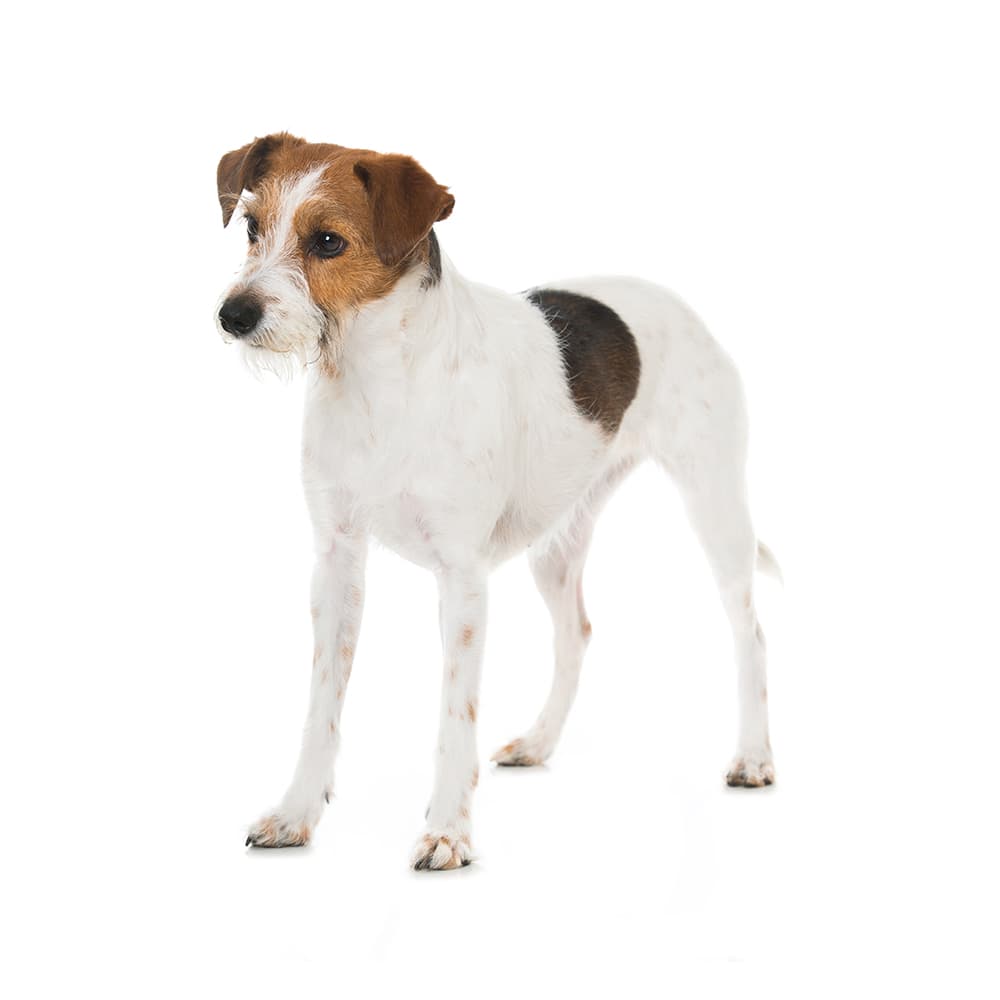Discover your dog's connection to this breed and 200+ others



Discover your dog's connection to this breed and 200+ others


The Kromfohrlander, often nicknamed "Kromi," originated in Germany in the aftermath of World War II. The breed's founding dog was a stray named "Original Peter," found by American soldiers in France and later given to a woman named Ilse Schleifenbaum in Germany. Intrigued by Peter's unique appearance and delightful temperament, Schleifenbaum started breeding him with local dogs, especially Wire Fox Terriers and possibly a Grand Basset Griffon Vendeen, eventually developing the Kromfohrlander breed.
The Kromfohrlander can suffer from degenerative myelopathy, progressive rod-cone degeneration, and von Willebrand Disease I. They can also be prone to hyperkeratosis (a condition affecting the pads of the feet), patellar luxation, and a genetic sensitivity to certain drugs (multidrug resistance mutation).
Kromfohrlanders are known for their adaptable and friendly nature. They are affectionate with their families and tend to be quite attached to their human companions. Kromis are also intelligent, agile, and trainable, but they may exhibit some stubbornness. They're typically reserved around strangers and can be moderately protective, making them good watchdogs. While they generally get along well with other pets in the household, their terrier roots can mean they have a high prey drive.
Pronunciation of the breed name is "krome-for-lahn-dair."
The breed was originally in the UKC's Terrier Group, but was moved to the UKC Companion Dog Group on June 1, 2013.
The Kromfohrlander was first recognized by the FCI in 1955, less than a decade after the breed was developed.
This breed comes in two different types: the Smooth-haired and the Wirehaired, both of which have slightly different appearances.
Kromfohrlanders are quite rare, especially outside Europe.
https://www.akc.org/dog-breeds/kromfohrlander/ https://www.fci.be/en/nomenclature/KROMFOHRLANDER-192.html https://www.ukcdogs.com/kromfohrlander
https://vgl.ucdavis.edu/breed/kromfohrlander
Recommended by top vets with decades of experience
21 breeds
64 genetic health markers
50 genetic trait markers
